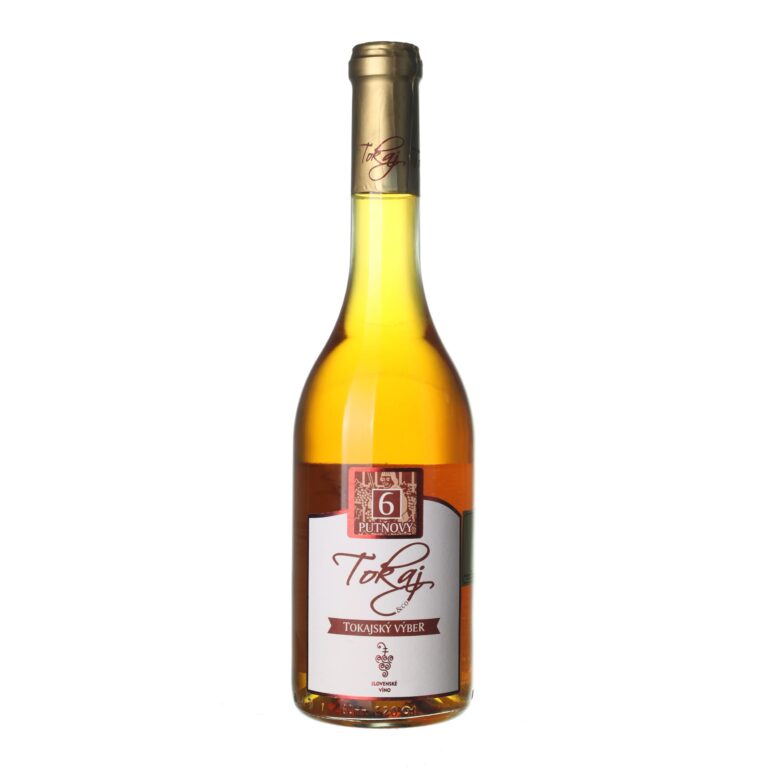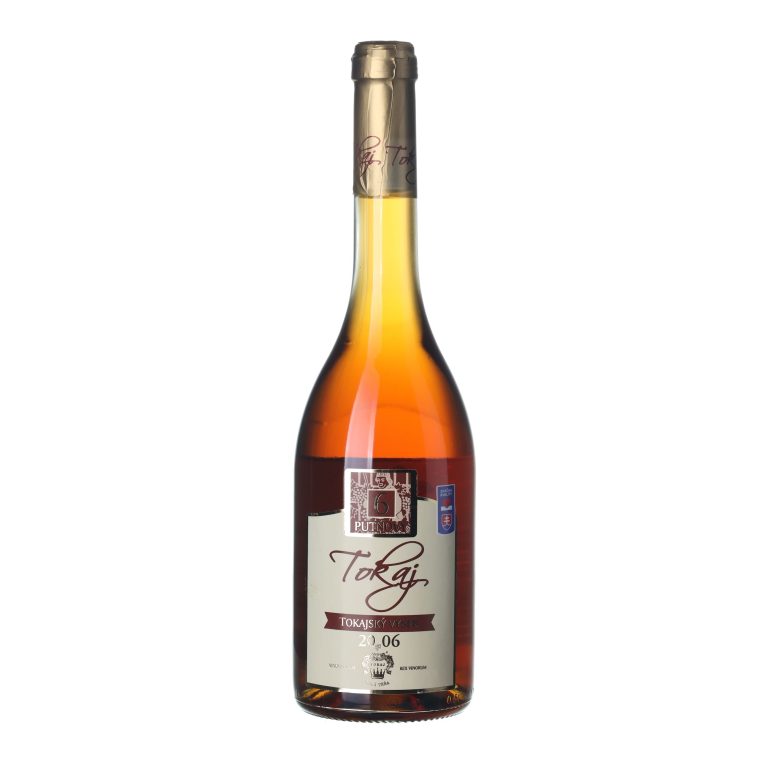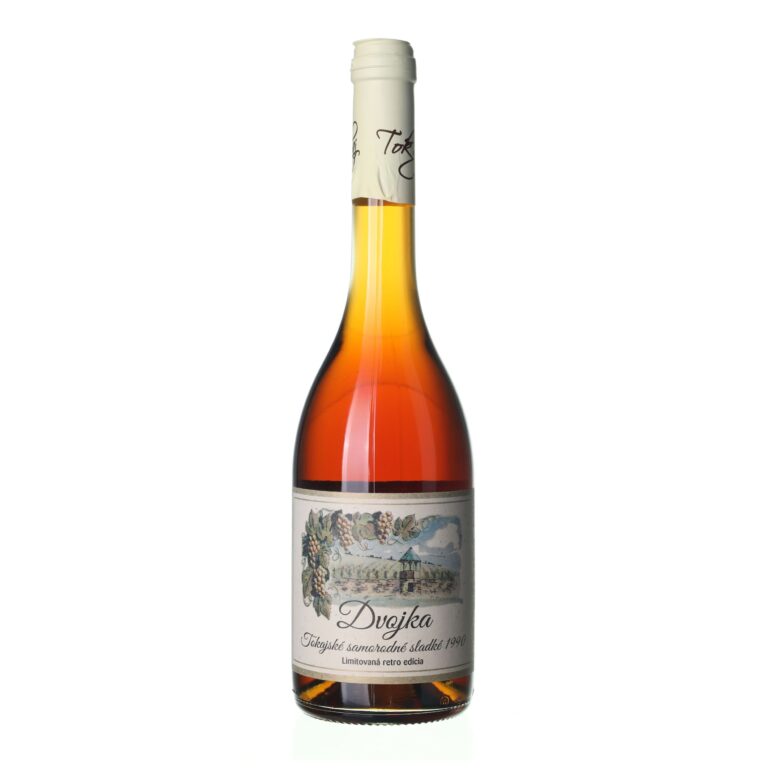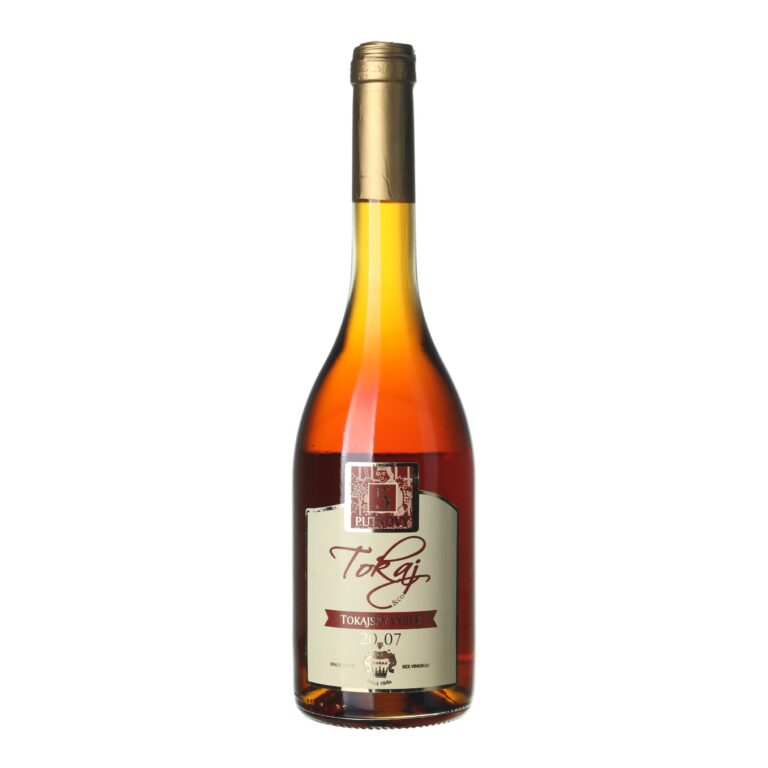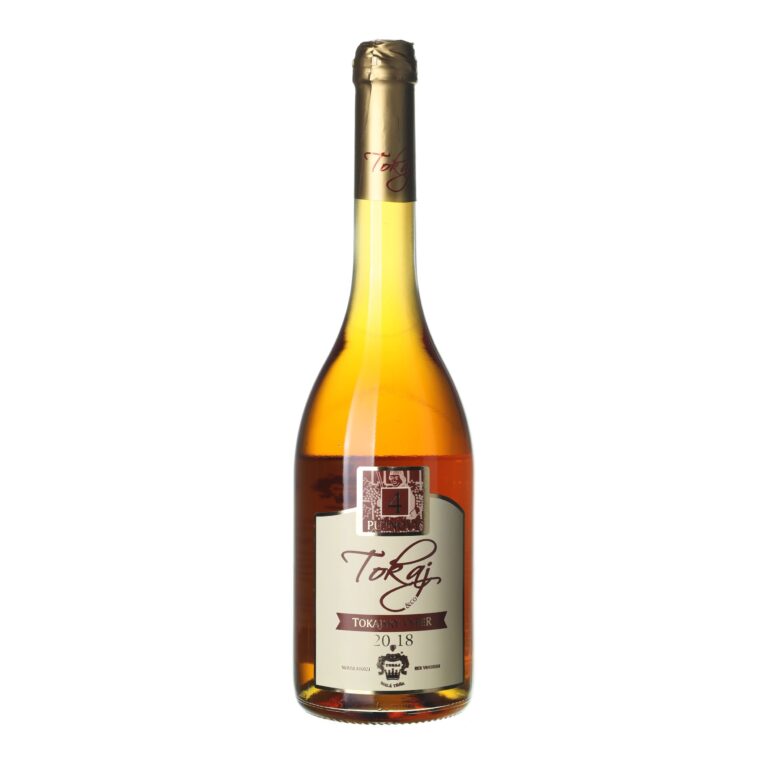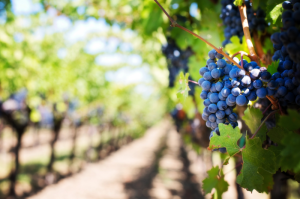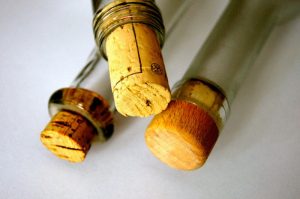How do you build a cellar for vintage wines?
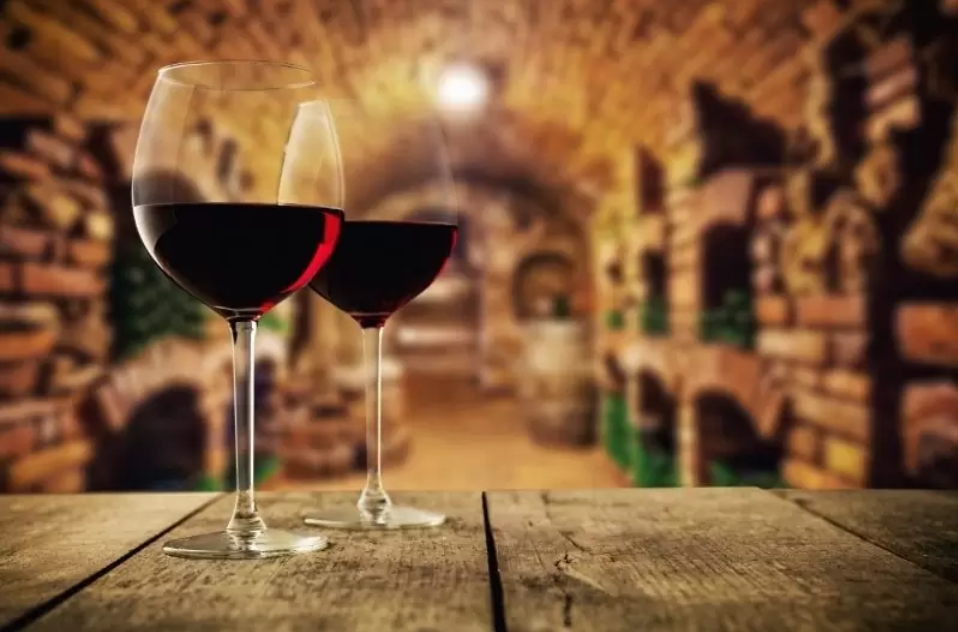
“Do you have a wine cellar? Can we see it?” If you’re starting to think about having your own wine cellar, today’s article was written for you. Here, you’ll read how to choose the right place to build it and how to safely store wine in it.
Why is a wine cellar the best place to store vintage wine?
Those who love old wines know that it’s necessary to devote more attention to the conditions in which the vintage bottles are stored. Otherwise, the original properties of the wine may deteriorate, especially its tastes and aroma. Therefore, the storage requirements for vintage wines are can be fairly demanding. They prefer a specific temperature and humidity as well as stability and darkness. A greater degree of airflow, vibrations, or storage in a vertical position can cause them harm.
The good news is that all of these demanding requirements have a single common solution – a wine cellar. A cellar will provide the wine with all of the archiving conditions it needs. This is also borne witness by the fact that as a place for storing wine, the wine cellar has remained unsurpassed since ancient times.
A wine cellar has two faces. Chose its location carefully
The most important parameters for storing vintage wine are the ambient temperature and humidity. The temperature should range between 8 and 15 °C and there shouldn’t be any fluctuations of more than one degree. This could lead to a change in pressure and shift the corks in their bottles. The humidity in the cellar should ideally be 60–75 %. If it’s lower, the corks can dry out. This would bring the wine into contact with the air and it will start to oxidize.
When considering how to build a wine cellar, consider two different types:
- active
- passive
A passive wine cellar is a space that maintains a suitable temperature and humidity merely by being built according to the correct specifications. It is located in a cool, damp place where there are no temperature fluctuations, even in connection with the changing seasons. Thanks to a skillful builder, it’s also naturally ventilated.
By contrast, active wine cellars simulate the internal conditions of passive cellars using air conditioning technology.
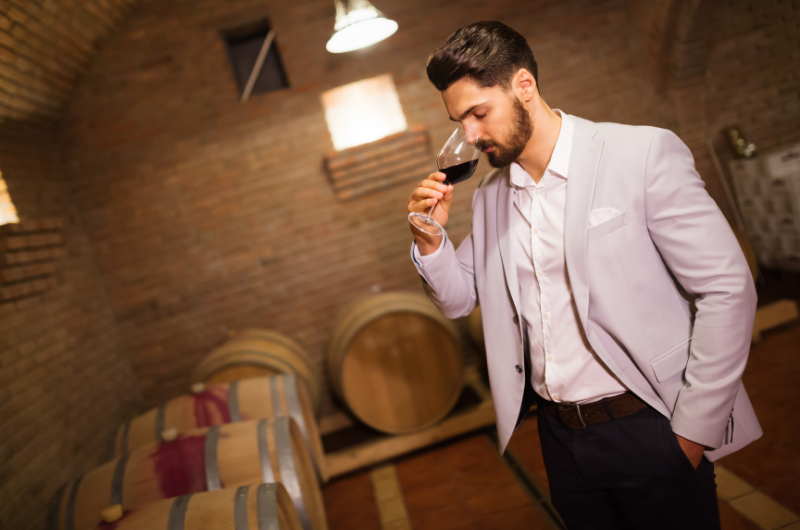
Is an active or passive wine cellar better?
It’s impossible to say which of the two is better or worse. Both have their pros and cons. To build a passive cellar it’s necessary to conscientiously plan everything ahead, and give special attention to the choice of location and specific building techniques. On the other hand, there aren’t any operating expenses associated with it and you don’t have to worry about your wines in the event of a power failure.
In the case of active cellars, their location is not so important because well-designed air conditioning will take care of the ambient conditions for you. However, you have to expect higher operating and maintenance expenses.
How can I build a wine cellar so it will serve well? You just need to follow a few principles.
It’s better to look for the ideal place for a wine cellar outside of a residential building. Under a building that’s heated there’s often a higher temperature. The cellar should be set into a slope so that there’s at least a two-meter layer of earth above the cellar. However, if you manage to skillfully insulate and ventilate the cellar you can even use an old cellar that’s already under your house. Insulation only needs to be installed in the ceiling – leave the side walls uninsulated in order to create the right kind of microclimate.
Today, you’ll most often encounter excavated cellars. The walls are usually made of fired bricks – this is so they won’t disintegrate under the influence of pressure and moisture. For the construction of a typical arch, it’s necessary to use a wooden half-arch, which serves as a support for the brick arch until the mortar hardens. It’s also advisable to use reinforced concrete support elements to prevent the arch from collapsing. They fit into the cellar thanks to the brick walls.
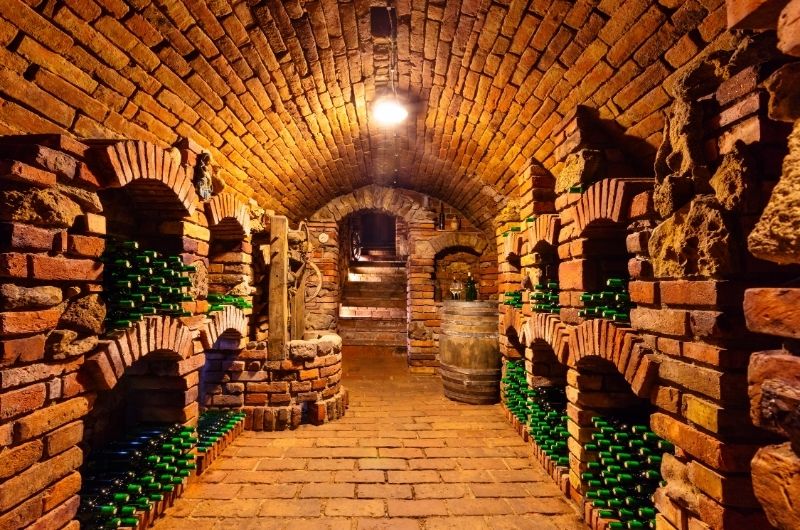
It’s also possible to build water pipes and electrical hookups into the cellar. However, you’ll have to choose the electrical outlets and a cabinet with the typical humidity of wine cellars in mind. It’s better to go with fluorescent lights for illumination, because classic lightbulbs can warm up the air around them.
Are you planning to impress your family and friends with the newly built wine cellar? Just invite them over for a short visit. Most small domestic cellars aren’t suitable for consuming wine in. If even one person spends more than a brief time in there, they may warm up the air and negatively influence the microclimate.
Did you know that a mold called Zasmidium cellare is a great help to wine cellars? It only thrives in places where there are alcoholic fumes in the air. This fungus helps maintain high humidity and improves the overall climate in the cellar and even has a beneficial influence on the taste of the wine. We encounter it most often in Tokaj, which is where the renowned Tokaji wines come from.
The wine cellar and storing vintage wine: accommodate your bottles with forethought
Always store vintage bottles in a horizontal position. This will ensure the cork remains soaked and won’t dry out. Special wine holders are great for this. Stoneware ones are ideal for the moist, chilly environment of a wine cellar. You can also find all kinds of metal shelves on the market. However, if you’re creative, you can also make your own shelves from bricks. You can even use wooden boxes – but there’s a risk that they’ll get moldy.
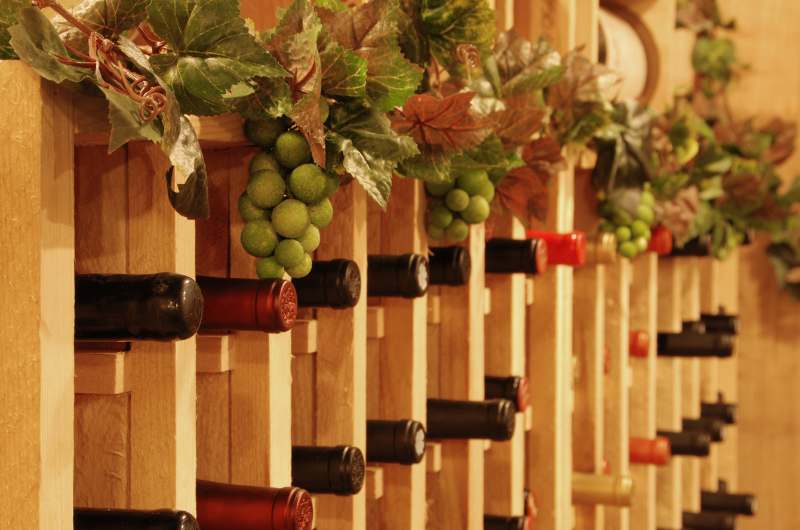
You can then organize the vintage bottles in your cellar according to your own imagination and preferences. You can have the wines simply sorted on the shelves by whether they’re white, red, or sparkling. Or arrange them according to the variety of grapes they’re made from. So, one shelf might be reserved for wines made from the Chardonnay variety, and on another you’ll keep vintage bottles of the Cabernet Sauvignon variety.
If you want to take it a little further you can have the wines ordered according to countries or regions. So, for example, on a shelf with French wines you might have wines from the Bordeaux and Burgundy regions together.
You can also organize wines according to their vintages. With us you can easily fill in a gap in your collection when something is missing. That’s because we offer vintage wines nicely classified according to their vintages.
Select wines. In your email.
once every month. You can look forward to our recommendations, interesting content, and great offers for your archive for your archive.
By sending an email you agree to the Terms and Conditions for Protection of Personal Data


